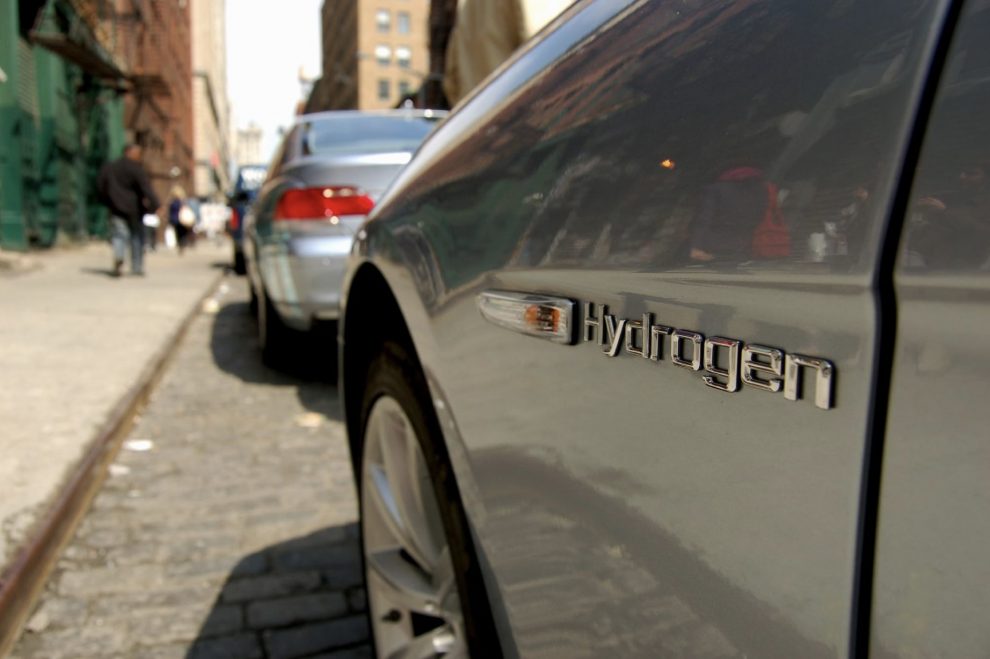Hydrogen is described as copious, clean, and cheap burning fuel, although it is not pure on Earth. Therefore, it needs some energy to separate it. Hydrogen is mostly extracted from water through the heating or chemical reactions. The most appropriate way of producing green hydrogen is through a process known as electrolysis. This process is environmentally friendly. There are other types of hydrogen, such as grey hydrogen, blue hydrogen, and brown hydrogen. Many predict that hydrogen would be the future fuel, although it has some disadvantages such as it is more than 20 times more explosive compared to petrol, it makes metal brittle, and is not easy to transport.
Green hydrogen is pinpointed as clean energy with the ability to usher the world into net-zero emissions. It is essential to note that billions of dollars have been invested in the industry, and most company share prices have started to shoot up. This has been speed off in the recent months following the increase in the adoption of electric vehicles.
Many countries have set a deadline to reach carbon-neutral by 2050. America is not left behind as President Joe Biden promised to support the clean energy industry. Also, President Biden re-joined the United Nations to the Paris Agreement in the fight against climate change. The European Union intends to increase the number of renewable hydrogen projects, which will cost about $740 billion by 2050.
In November 2020, Andrew Forrest, a Western Australian mining magnate, revealed that billions of his dollars would go to green hydrogen production to help him grow his energy business. Forrest said that Australia has the potential to produce green steel, which utilizes green hydrogen instead of fossil fuels in powering the iron ore blast furnaces.
Uses of green hydrogen
Green hydrogen can be used for heating or fuelling. The following are some hydrogen applications according to the 2018 CSIRO report:
- Green hydrogen can be used to fuel electric vehicles
- Producing green steel instead of using coal
- Powering of turbines to generate electricity
- It can be used to cook and heat, substituting natural gas
The report shows that Australia can export hydrogen to nations that do not produce or access cheap, clean, renewable energy. Some of the countries where green hydrogen can be exported are Japan, China, Singapore, and South Korea. In another report by Goldman Sachs says that by 2050, green hydrogen will account for up to 25% of the entire world’s energy requirements. However, green hydrogen’s future is yet guaranteed. For it to be an export commodity, issues such as transportation and storage need to be dealt with first.














